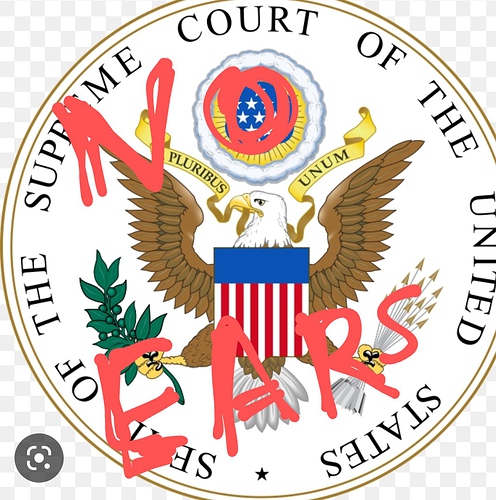They did it a long time ago and haven’t removed it (1500’s? 1700’s? It’s foggy).
But back to the Catholic Church situation. Sometime between the 1500s and 1700s, Venezuelan clergymen asked the Vatican to make a special exception. When they found a capybara lived in water, had webbed feet, and even tasted like fish, they felt that it might be an interesting option. The Catholic Church wrote back and even agreed to make an exception and classify it, not as a giant aquatic rodent, but instead as a fish.
But honestly, is anyone surprised? The same Catholic Church that condemned Galileo for heresy for stating that Earth moves around the sun? They didn’t rescind that until 1992.
This was the second time that Galileo was in the hot seat for refusing to accept Church orthodoxy that the Earth was the immovable center of the universe: In 1616, he had been forbidden from holding or defending his beliefs. In the 1633 interrogation, Galileo denied that he “held” belief in the Copernican view but continued to write about the issue and evidence as a means of “discussion” rather than belief. The Church had decided the idea that the sun moved around the Earth was an absolute fact of scripture that could not be disputed, despite the fact that scientists had known for centuries that the Earth was not the center of the universe.
This time, Galileo’s technical argument didn’t win the day. On June 22, 1633, the Church handed down the following order: “We pronounce, judge, and declare, that you, the said Galileo… have rendered yourself vehemently suspected by this Holy Office of heresy, that is, of having believed and held the doctrine (which is false and contrary to the Holy and Divine Scriptures) that the sun is the center of the world, and that it does not move from east to west, and that the earth does move, and is not the center of the world.”



 .
.